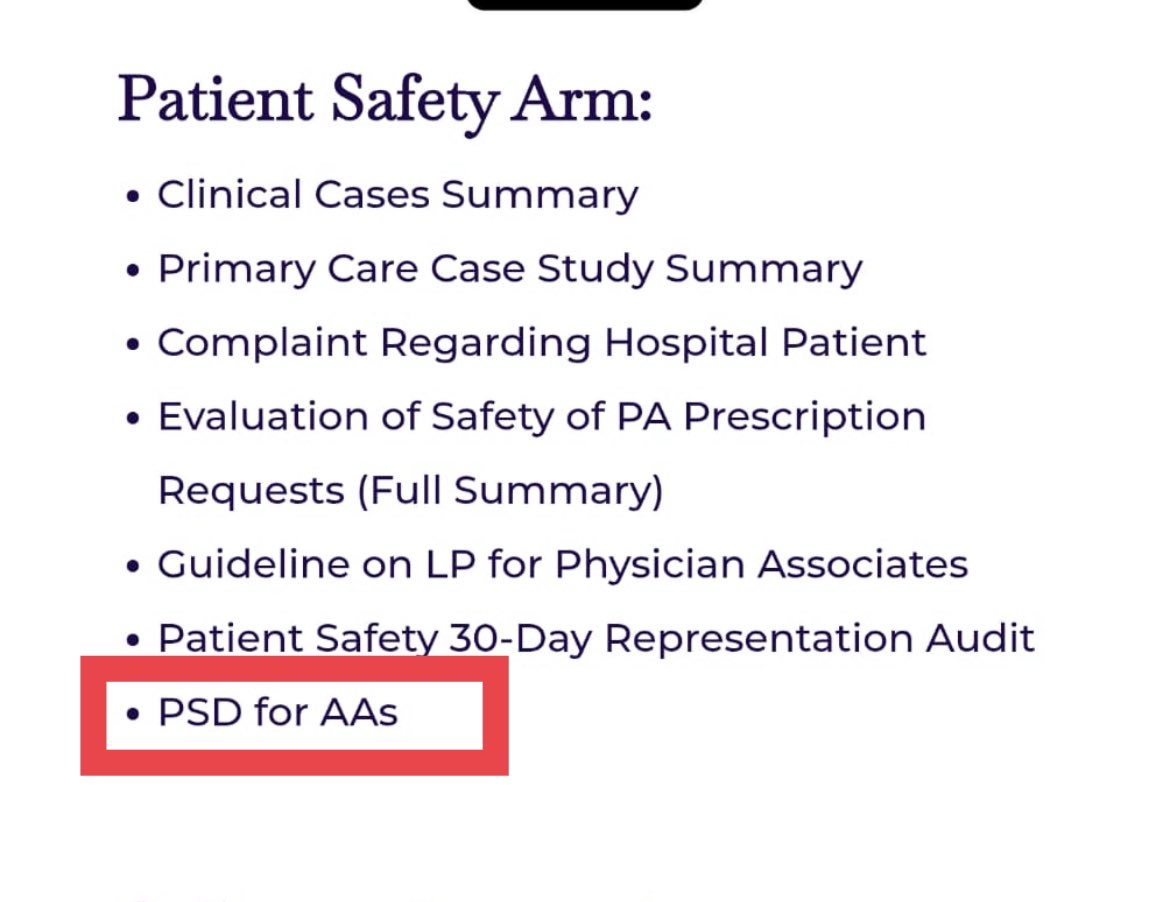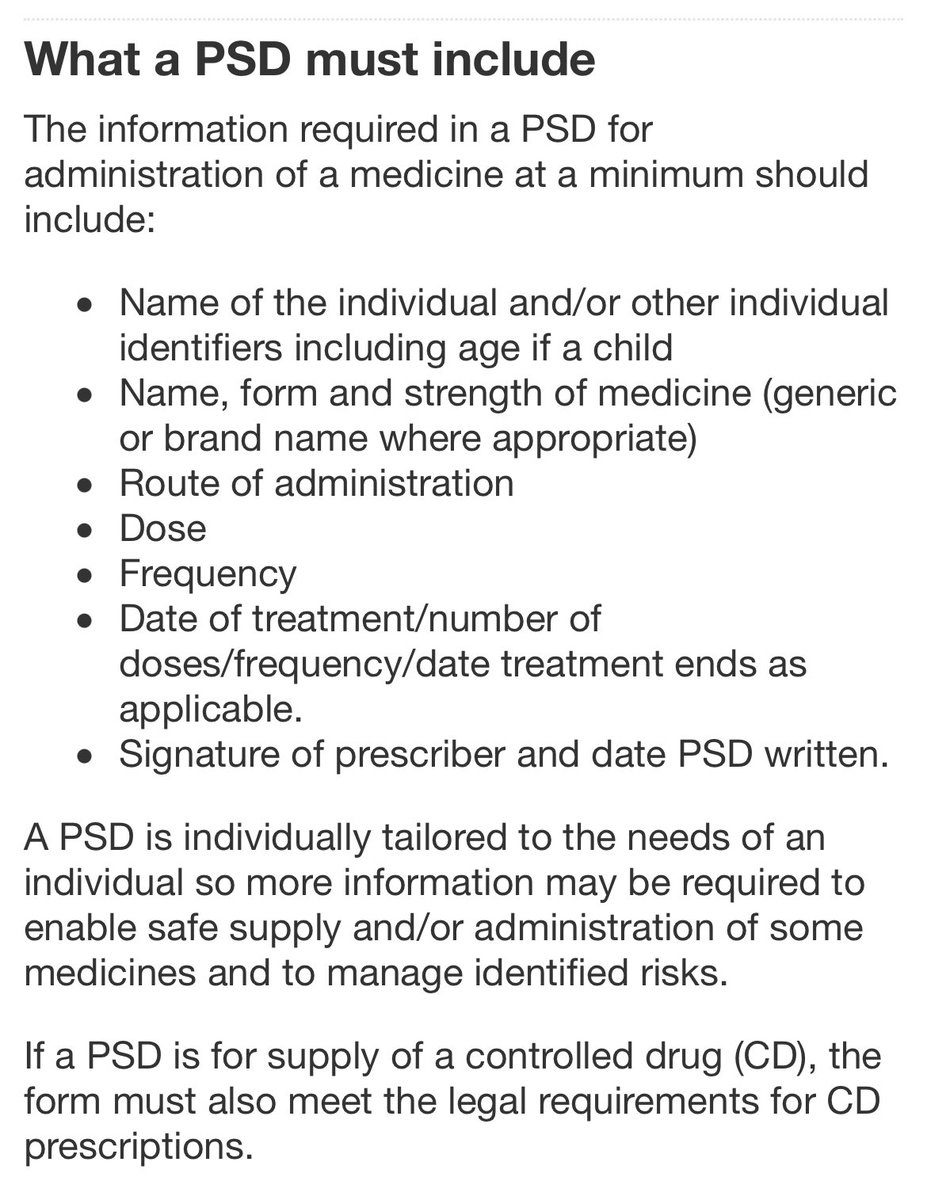A while ago I said I’d write a thread on why I attempt to avoid the use of muscle relaxants and that routine use is largely dogmatic.
Here’s why I don’t think there should even be a third pillar of anaesthesia…
(Hopefully this doesn’t upset #anaesthesiatwitter too much!!)
Here’s why I don’t think there should even be a third pillar of anaesthesia…
(Hopefully this doesn’t upset #anaesthesiatwitter too much!!)
Disclaimer:
I’m not a total zealot about this and regarding difficult airways etc relaxants are vital to safe management.
What follows should be contextualised for routine airway management in relatively experienced hands.
I also always keep some red stuff nearby just in case!
I’m not a total zealot about this and regarding difficult airways etc relaxants are vital to safe management.
What follows should be contextualised for routine airway management in relatively experienced hands.
I also always keep some red stuff nearby just in case!
This thread only pertains to NDMR’s.
Sux really is a horribly dirty drug and with the advent of sugammadex should be consigning itself to to the realm of licking brightly coloured 🐸 in terms of western practice.
Sux really is a horribly dirty drug and with the advent of sugammadex should be consigning itself to to the realm of licking brightly coloured 🐸 in terms of western practice.
Principles of practice always have an origin and I entirely understand why NDMR’s were essential in the past.
However contemporary drugs (Alfentanil/Remi), equipment (videolarngoscopy), delivery methods (modelled infusion pumps), and monitoring (BIS) have changed the environment
However contemporary drugs (Alfentanil/Remi), equipment (videolarngoscopy), delivery methods (modelled infusion pumps), and monitoring (BIS) have changed the environment
In fairness the article below from a few years ago demonstrates our speciality has acknowledged the potential NDMR’s have for serious complications although I feel a conversation about this has not filtered down to working anaesthetists yet!?
bmj.com/press-releases…
bmj.com/press-releases…
The main reasons we use NDMR’s are:
Difficult airways and emergencies which is safe practice and essential.
IMHO their use to place a routine elective COETT is entirely unnecessary and surgical request for relaxation can normally be overcome by using a TCI.
Difficult airways and emergencies which is safe practice and essential.
IMHO their use to place a routine elective COETT is entirely unnecessary and surgical request for relaxation can normally be overcome by using a TCI.
NB I posted recently about my use of Alfentanil and how I go about safe anaesthesia without NMDR’s.
That can be found here if anyone has any interest:
That can be found here if anyone has any interest:
https://twitter.com/Shr_Nottingham/status/1555716397577248768
As a practical tip I’m not going to lie and say the cords are always a gaping 🕳 with this technique but a 0.5cm smaller tube and if necessary a bougie are more than enough to counter the situation entirely a-traumatically for both patient and anaesthetist.
As I’ve said before there are a million different ways to deliver a good, safe anaesthetic and I would never deign to tell anyone else how to go about their business.
That being said these are IMHO the advantages of avoiding NDMR’s.
That being said these are IMHO the advantages of avoiding NDMR’s.
1. Residual blockade:
“residual paralysis,” ranges between 4 and 50% depending on the diagnostic criteria, the type of NDMR, the administration of a reversal agent, and, to a lesser extent, the use of neuromuscular monitoring.
pubs.asahq.org/anesthesiology…
“residual paralysis,” ranges between 4 and 50% depending on the diagnostic criteria, the type of NDMR, the administration of a reversal agent, and, to a lesser extent, the use of neuromuscular monitoring.
pubs.asahq.org/anesthesiology…
The above can lead to a spectrum of acute to medium term respiratory complications and as well as a subclinical but nonetheless unpleasant patient experience.
2. Allergy
@RCoA’s 6th national audit project looked at allergy under anaesthetic.
Muscle relaxants accounted for 33% of all anaphylaxis.
I have seen this twice to NDMR’s 🤮 .
If you can entirely avoid a problem why wouldn’t you??
nationalauditprojects.org.uk/downloads/NAP6…
@RCoA’s 6th national audit project looked at allergy under anaesthetic.
Muscle relaxants accounted for 33% of all anaphylaxis.
I have seen this twice to NDMR’s 🤮 .
If you can entirely avoid a problem why wouldn’t you??
nationalauditprojects.org.uk/downloads/NAP6…
3. Awareness
Something all TIVA anaesthetists fear but far less so in an unparalysed patient.
@RCoA NAP5 this time…
97% of awareness happens after administration of a relaxant!
Once again if you can almost entirely avoid a problem why wouldn’t you??
nationalauditprojects.org.uk/NAP5Doc_Neurom…
Something all TIVA anaesthetists fear but far less so in an unparalysed patient.
@RCoA NAP5 this time…
97% of awareness happens after administration of a relaxant!
Once again if you can almost entirely avoid a problem why wouldn’t you??
nationalauditprojects.org.uk/NAP5Doc_Neurom…
4. Interactions
I like giving magnesium. It’s great stuff. Has buckets of positive effects and few side effects. That being said it can horribly potentiate NMDR’s.
Avoiding relaxants allows me to go to town here without worrying about residual blockade.
ncbi.nlm.nih.gov/pmc/articles/P…
I like giving magnesium. It’s great stuff. Has buckets of positive effects and few side effects. That being said it can horribly potentiate NMDR’s.
Avoiding relaxants allows me to go to town here without worrying about residual blockade.
ncbi.nlm.nih.gov/pmc/articles/P…
5. Avoidance of reversal
There are problems with old school neo/glyco reversal and sugammadex.
I attach a good link below which explains in greater depth but suffice to say avoidance of both results in better economic, clinical and experience measures.
bjaed.org/article/S2058-…
There are problems with old school neo/glyco reversal and sugammadex.
I attach a good link below which explains in greater depth but suffice to say avoidance of both results in better economic, clinical and experience measures.
bjaed.org/article/S2058-…
As an idiosyncratic aside sugammadex can cause extreme laryngospasm on administration which all anaesthetists should be aware of in the perhaps rare circumstance in which it is given in the absence of a definitive airway.
…-publications.onlinelibrary.wiley.com/doi/full/10.11…
…-publications.onlinelibrary.wiley.com/doi/full/10.11…
6. Rare patient considerations
We know patients with various myopathies often don’t agree with NMDR’s. Once again, if you can avoid the problem……
academic.oup.com/bjaed/article/…
We know patients with various myopathies often don’t agree with NMDR’s. Once again, if you can avoid the problem……
academic.oup.com/bjaed/article/…
Thanks for getting this far whether you agree or not!?
The current 2 consultant family hasn’t had the 4 seasons anywhere on their summer holiday agenda for the last 20 years! With that in mind, the 🇬🇧 seaside is the only place you’ll see me doing any relaxing…… ☀️ 🌊 🧀
The current 2 consultant family hasn’t had the 4 seasons anywhere on their summer holiday agenda for the last 20 years! With that in mind, the 🇬🇧 seaside is the only place you’ll see me doing any relaxing…… ☀️ 🌊 🧀

• • •
Missing some Tweet in this thread? You can try to
force a refresh










